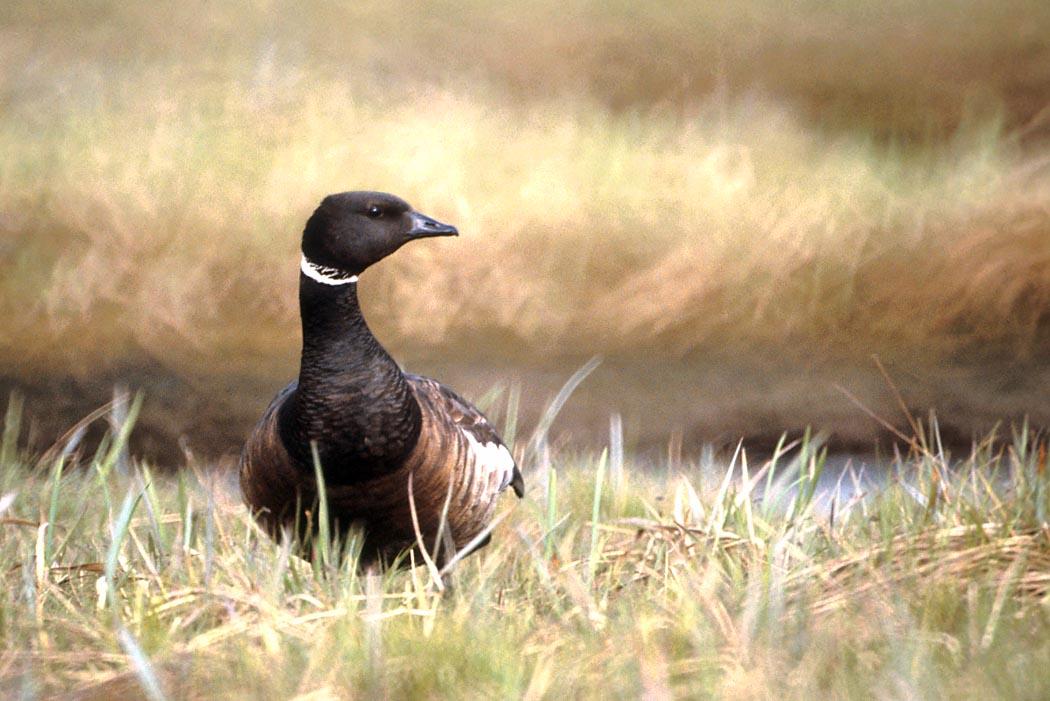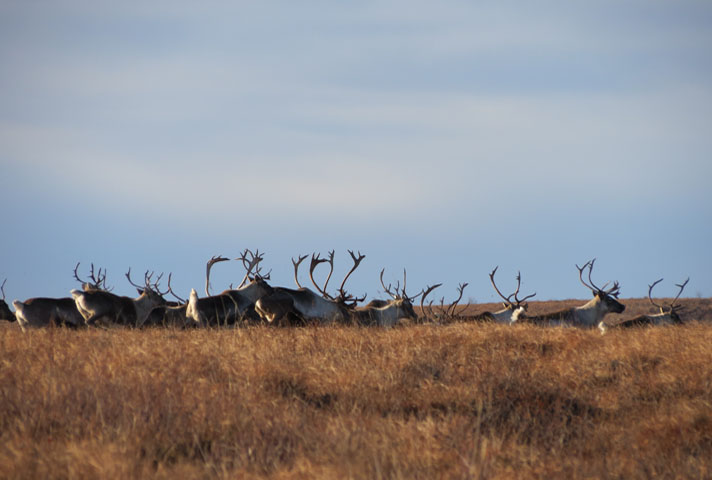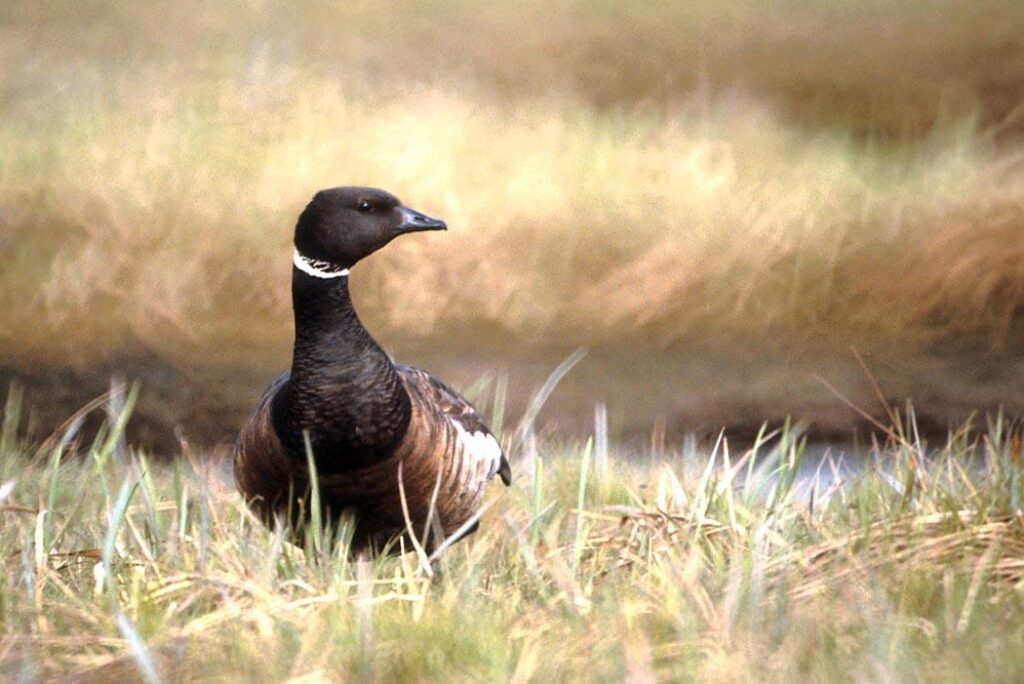
An Arctic update: Restored protections, a methane leak, a looming threat
By Dawnell Smith
Western Arctic Alaska basks in endless sunlight these days, with caribou and birds migrating, blooms and tundra life emerging, and communities embracing the summertime warmth and nourishment. You can find industrialization here, too, and evidence of extraction and pollution that impacts the health of the region and planet.

We have good news about protecting the western Arctic, along with updates on looming threats.
Restored protections
In late April, the Biden administration finalized its rejection of a Trump-era management plan that would have opened 82 percent of the nation’s largest unit of public land to the oil and gas industry.
The Trump administration’s 2020 Integrated Activity Plan for the National Petroleum Reserve-Alaska gutted protections for vital areas while handing over public lands to oil and gas corporations. We sued the administration for violating multiple laws during the approval process for that plan and its failure to address how it would diminish public health in the region, produce more carbon pollution, and encroach on long-protected areas essential to animals and people.
That lawsuit prompted the administration to restore 2013 protections for the region last month, including for places previously designated as special areas, like the Teshekpuk Lake and Colville River areas. Though a good stepping off point, this plan also still leaves over half of the Reserve open to potential oil and gas activities, such as the massive Willow proposal, leaving a lot of work to be done to build toward more robust and enduring protections.
Stopping bad things from happening is not enough. Preventing oil and gas industrialization on public lands is key to an effective climate response and one of Biden’s campaign promises, and essential to addressing a climate crisis that endangers lives, communities, and a livable planet for future generations.
A methane leak
Wouldn’t it be helpful if extraction projects were named after what they do to the places they devastate and pollute, rather than after the living things and landscapes they destroy?

Take the ConocoPhillips’ Alpine oil field on the border of the Reserve, adjacent to the community of Nuiqsut, that would connect to the company’s proposed Willow project. (Incidentally, “alpine” means relating to or resembling mountains or what grows or lives in mountains.) Recently, a leak at this oil field spewed at least 7.2 million cubic feet of methane gas into the atmosphere in what its spokesperson described as a never had happen before incident.
The corporation evacuated 300 employees when it detected the leak on March 4. Some people in the nearby village of Nuiqsuit evacuated their homes because of fears over the leak and the lack of clear, regular, and trustworthy information from the company and the state of Alaska, which was allegedly handling the incident.
Methane can be dangerous when inhaled at high concentrations. It is 80 times more potent than carbon dioxide when first released into the atmosphere and 25 times more capable of trapping heat than carbon dioxide.
Keep in mind that the climate crisis that the oil and gas industry caused and has sustained through climate denial and disinformation will continue to impact permafrost and other aspects of the land and water in “never had happen before” ways.
Early on, ConocoPhillips said it didn’t need to report to state agencies about the leak and shared what little information it did through a website it put up about a week after the leak was detected.
This month, ConocoPhillips issued a final report and public update about the leak that essentially says, “here’s some PR about what a great company we are, and also this unusual thing happened and we took care of it, and we’re adding some action items to prevent and address future similar unusual things.”
The “weird things happen/accidents happen” and “we fixed it for next time” response to industrial leaks and incidents should come as a dire and familiar warning, particularly for proposed projects like ConocoPhillips’ Willow project. That weird things happen, accidents happen, problems go unnoticed, operations scramble to address “unusual events,” points to the real and unattended fact that oil and gas projects regularly operate without real financial, environmental, social and cultural accountability to the damage they do.
They also continue to get projects approved despite not having adequate plans to prevent and mitigate leaks and other usual or unusual incidents, and not having adequately accounted for the very real and changing threats climate change poses to such operations. Climate change is only accelerating the changes to things like permafrost thaw and the likelihood that similar, unanticipated leaks, blowouts, or other unanticipated “accidents” will occur again in the future.
Which brings us to the looming threat of the ConocoPhillips’ Willow proposal

The ConocoPhillips’ Willow proposal has no real plan to adequately prevent leaks of the kind that just occurred at its Alpine field next door. The Interior Department and Army Corps of Engineers’2020 approvals for the project ignored the very real risk that such leaks and blowouts will occur, particularly in light of increasing climate impacts — in addition to ignoring the serious impacts to wetlands, air, animals, climate, and people more broadly.
We helped upend that approval of Willow in August 2021 when a court ruling agreed with us that the process for permitting the project broke the law and posed a significant and immediate threat to people in Nuiqsut. That court win sent the proposal back to the Interior Department, where it began a supplemental analysis.
ConocoPhillips is counting on Interior to produce an analysis that cherry picks and limits the scope of what Interior addresses in response to the court’s ruling. Pushing Willow through, no matter the impacts, is a key priority for ConocoPhillips; in the first quarter of 2022, ConocoPhillips spent $4.6 million on lobbying to exert pressure on legislators and agencies to authorize the project, outspending in that one quarter what it had spent annually on lobbying in nine of the last ten years.
We expect to see a draft environmental impact statement for the project soon. We will join our clients and partners in fighting any project that threatens the health and ways of life of local people and drives a climate crisis that threatens the sustainability of a livable planet.


